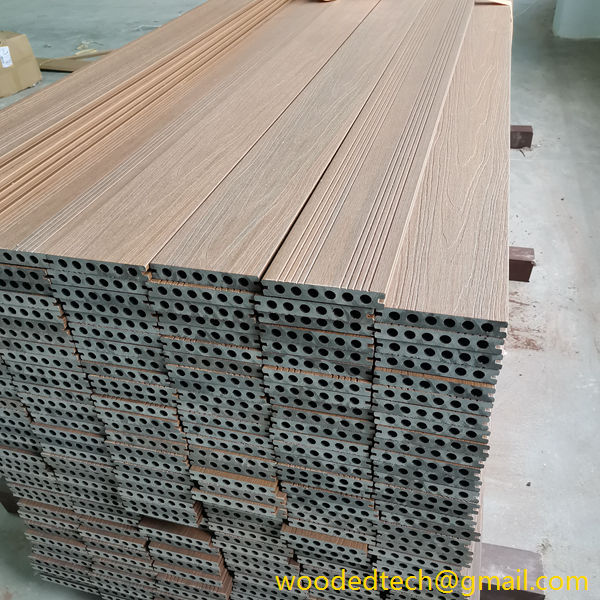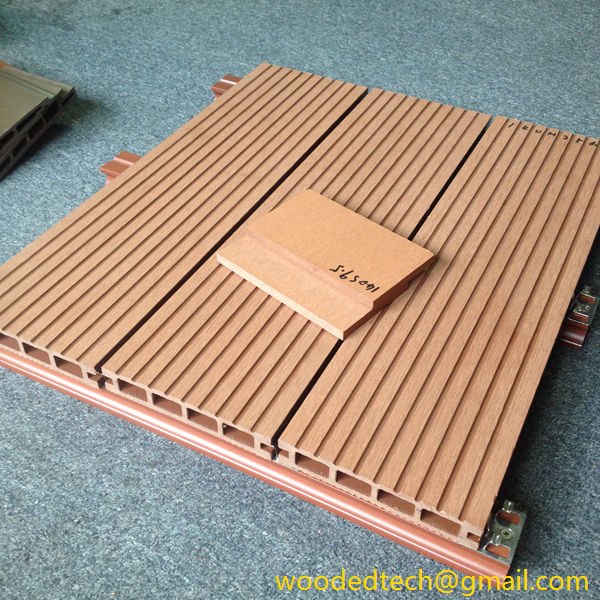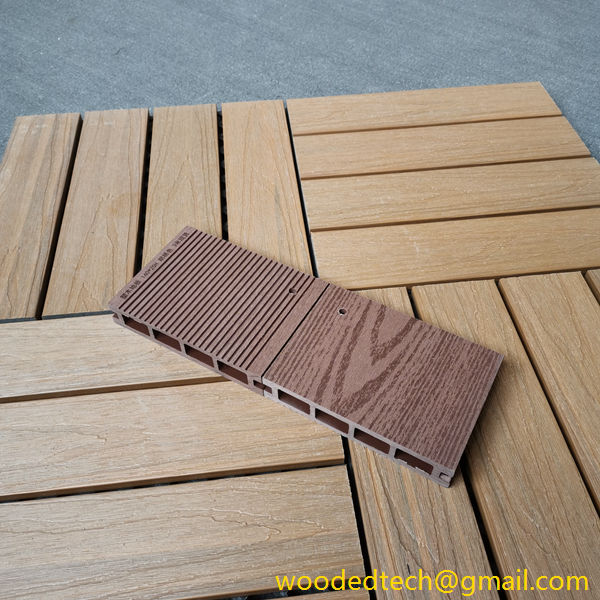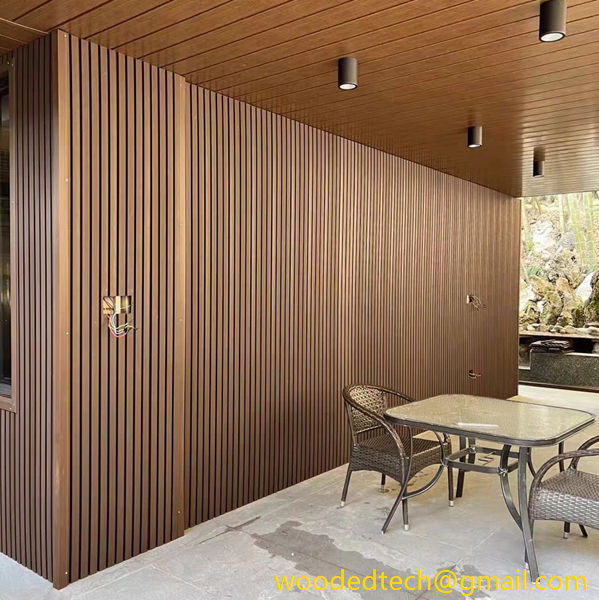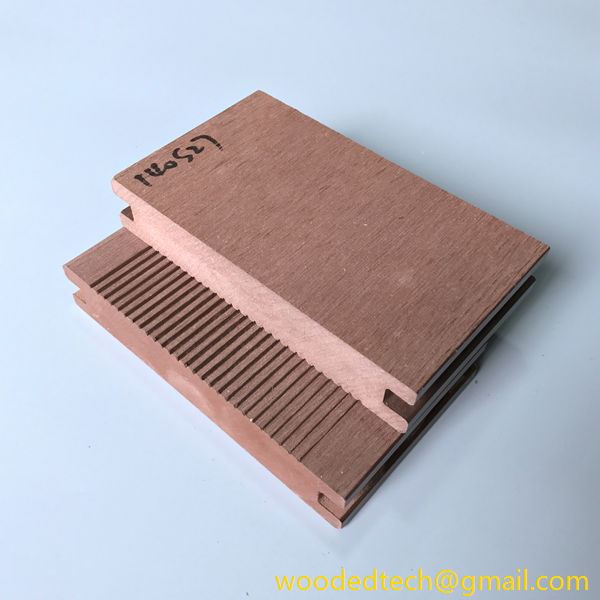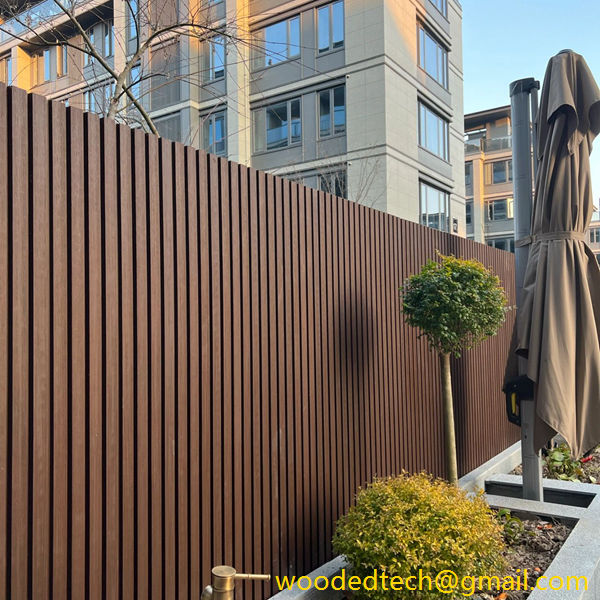Composite decking quality levels
Analysis of Composite decking quality levels: Research on the impact of raw materials and factory production differences
Introduction: In recent years, 複合地板, as an emerging environmentally friendly floor decoration material, has been loved by more and more consumers. However, since 複合地板 is a composite material, its quality is greatly affected by raw materials and production processes. This article will analyze Composite decking quality levels in detail and explore the impact of raw materials and factory production differences on Composite decking quality.
I. Classification of Composite decking quality levels

1. National standards
According to my country’s national standard “複合地板” (GB/T 24412-2009), Composite decking quality levels are divided into three levels: superior, first-class and qualified. Among them, superior is the highest level and qualified is the lowest level.
2. Basis for quality level classification
The classification of Composite decking quality levels is mainly based on the following indicators:
(1) Appearance quality: including surface flatness, color, gloss, deviation, etc.
(2) Physical properties include water absorption, tensile strength, bending strength, wear resistance, etc.
(3) Environmental performance: including formaldehyde emission, volatile organic compound (VOC) content, etc.

2. The impact of raw materials on Composite decking quality
1. Raw material types
The raw materials of 複合地板 mainly include plastic raw materials such as polyethylene (PE), polypropylene (PP), polyvinyl chloride (PVC), and natural plant fibers such as wood powder, bamboo powder, and rice husks.
2. The impact of raw material quality on Composite decking quality
(1) Plastic raw materials: The quality of plastic raw materials directly affects the physical properties of 複合地板. High-quality plastic raw materials have higher tensile strength, bending strength and wear resistance, while inferior plastic raw materials may cause deformation, breakage and other problems in the use of 複合地板.
(2) Natural plant fibers: The quality of natural plant fibers has an important impact on the environmental performance and stability of 複合地板. High-quality natural plant fibers have high strength and stability, which can reduce the formaldehyde emission and VOC content of 複合地板, making it more environmentally friendly and healthier.
3. Impact of factory production differences on Composite decking quality

1. Equipment and process
There are differences in the production equipment and process levels of different factories, which directly affect the production efficiency and product quality of 複合地板. Advanced production equipment and mature processes can ensure the stability of the quality of 複合地板, while backward equipment and technology may cause large fluctuations in product quality.
2. Production line operation
The skill level and sense of responsibility of production line operators will also affect the quality of 複合地板. Skilled operators can ensure the smooth progress of the production process and reduce product quality problems; while operators with weak sense of responsibility may cause omissions in the production process and affect product quality.
3. Quality control system
The quality control system of different factories is different in degree of perfection, which will also affect the quality of 複合地板. A perfect quality control system can ensure that every link of the product from raw material procurement, production process to finished product delivery meets the standard requirements, thereby improving the overall quality of 複合地板.
IV. Summary
Composite decking quality levels are greatly affected by raw materials and production processes. When purchasing 複合地板, consumers should pay attention to the quality level of the product, the raw materials and the reputation of the production factory, and choose high-quality products. At the same time, 複合地板 manufacturers should strengthen raw material procurement and quality control, improve product competitiveness, and provide consumers with better quality and more environmentally friendly floor decoration materials.

